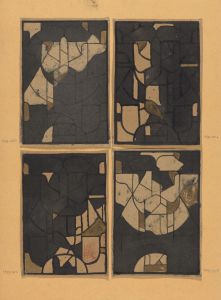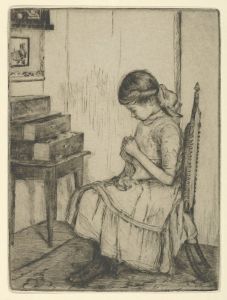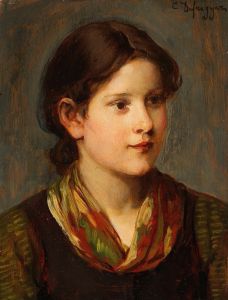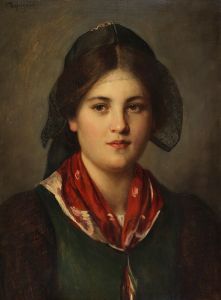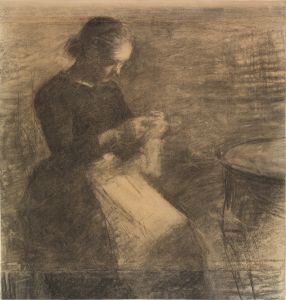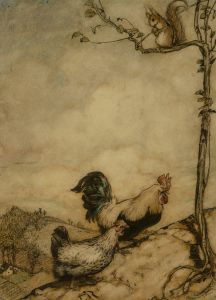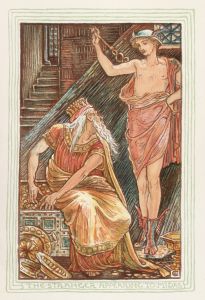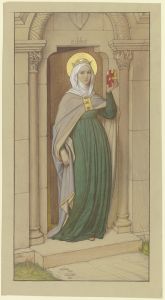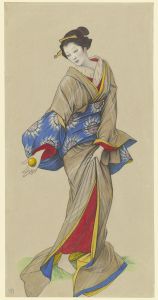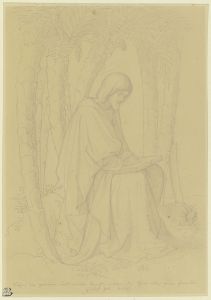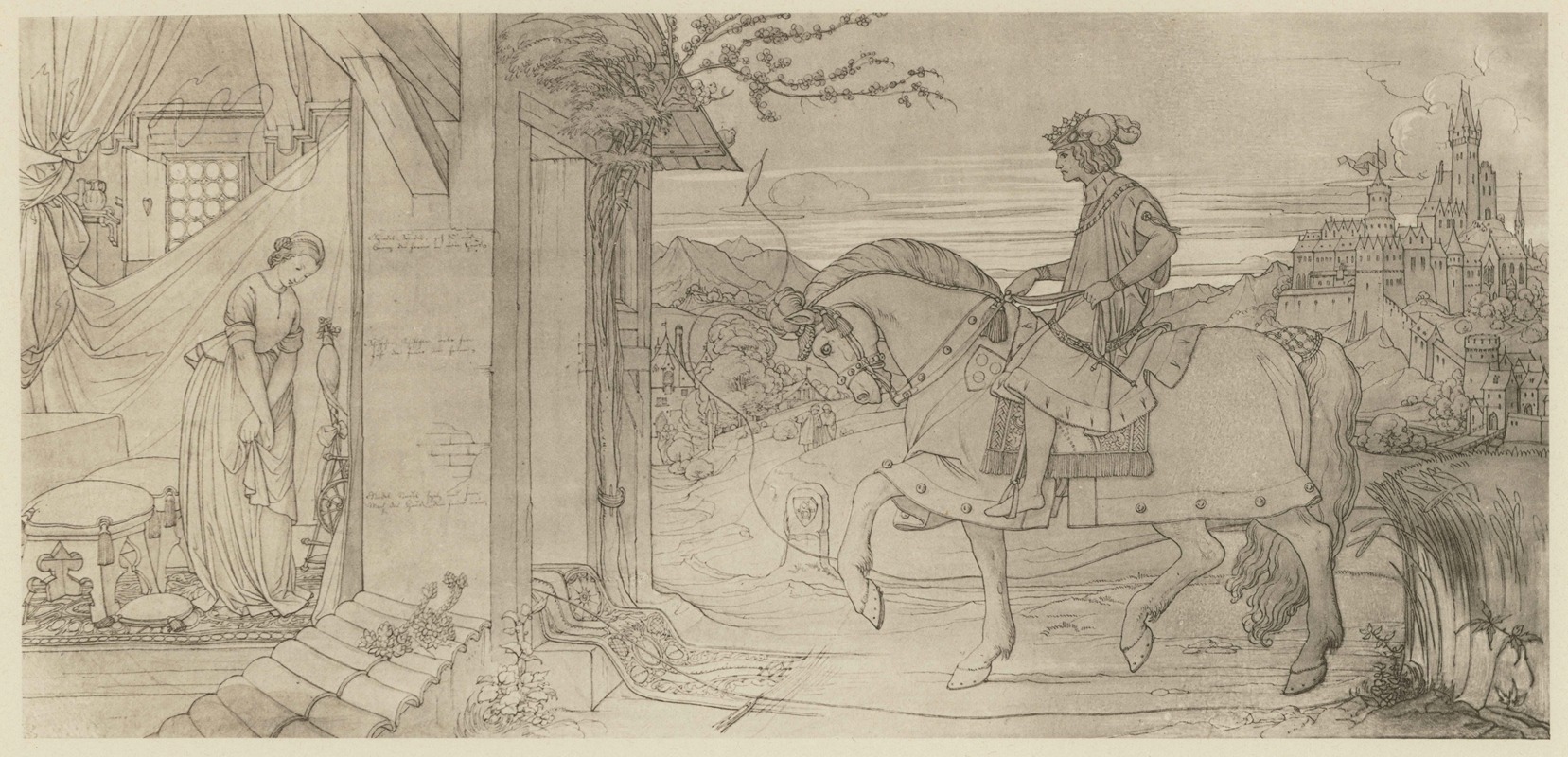
Mährchen von der Spindel, der Nadel und dem Weberschiffchen
A hand-painted replica of Eduard von Steinle’s masterpiece Mährchen von der Spindel, der Nadel und dem Weberschiffchen, meticulously crafted by professional artists to capture the true essence of the original. Each piece is created with museum-quality canvas and rare mineral pigments, carefully painted by experienced artists with delicate brushstrokes and rich, layered colors to perfectly recreate the texture of the original artwork. Unlike machine-printed reproductions, this hand-painted version brings the painting to life, infused with the artist’s emotions and skill in every stroke. Whether for personal collection or home decoration, it instantly elevates the artistic atmosphere of any space.
Eduard von Steinle was a prominent 19th-century German painter and illustrator, known for his contributions to the Nazarene movement, which sought to revive honesty and spirituality in Christian art. One of his notable works is "Mährchen von der Spindel, der Nadel und dem Weberschiffchen" (The Tale of the Spindle, the Needle, and the Shuttle), which is based on a fairy tale by the Brothers Grimm.
The painting, created in the mid-19th century, illustrates a scene from the Grimm Brothers' fairy tale, which tells the story of a poor girl who is rewarded for her industriousness and kindness. The tale involves magical objects—a spindle, a needle, and a shuttle—that help the girl achieve her dreams. Steinle's work captures the essence of this story, emphasizing themes of diligence, virtue, and the supernatural assistance that rewards the protagonist.
Steinle's style is characterized by meticulous attention to detail and a strong narrative quality, which is evident in this painting. The composition is carefully structured to guide the viewer's eye through the story, with each element of the painting contributing to the overall narrative. The use of color and light in the painting enhances the magical and moralistic tone of the fairy tale, creating a sense of wonder and enchantment.
The painting is also notable for its reflection of the values and aesthetics of the Nazarene movement. The Nazarenes, a group of early 19th-century German Romantic painters, sought to revive the spiritual and artistic purity of the Middle Ages and early Renaissance. They emphasized religious and moral themes, often drawing inspiration from biblical stories and medieval legends. Steinle, as a member of this movement, imbued his works with a sense of piety and reverence, which is evident in "Mährchen von der Spindel, der Nadel und dem Weberschiffchen."
Eduard von Steinle was born in Vienna in 1810 and later moved to Frankfurt, where he became a central figure in the city's artistic community. He was a professor at the Städelschule, an art academy in Frankfurt, and influenced many young artists with his teachings and works. Steinle's contributions to art were recognized during his lifetime, and he received several commissions for public and private works, including frescoes and altarpieces.
"Mährchen von der Spindel, der Nadel und dem Weberschiffchen" remains an important example of Steinle's work and the broader Nazarene movement. It exemplifies the movement's dedication to narrative clarity, moral instruction, and the revival of medieval artistic traditions. The painting is held in high regard for its technical skill and its ability to convey the timeless themes of the Grimm Brothers' fairy tale.
In summary, Eduard von Steinle's "Mährchen von der Spindel, der Nadel und dem Weberschiffchen" is a significant work that reflects the artist's mastery of narrative painting and his commitment to the ideals of the Nazarene movement. Through its detailed composition and evocative use of color and light, the painting brings to life the enchanting story of a humble girl's magical journey, embodying the virtues of hard work and kindness.





